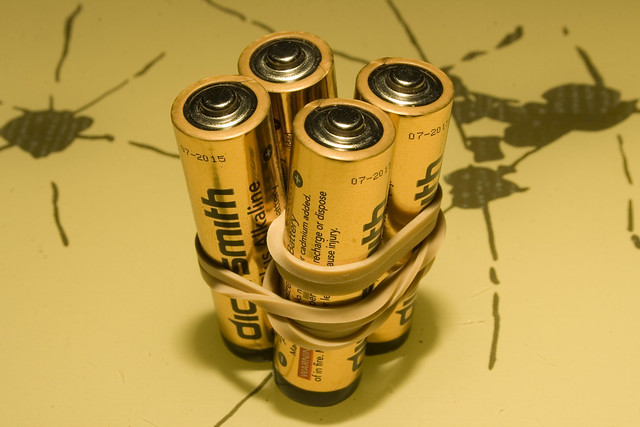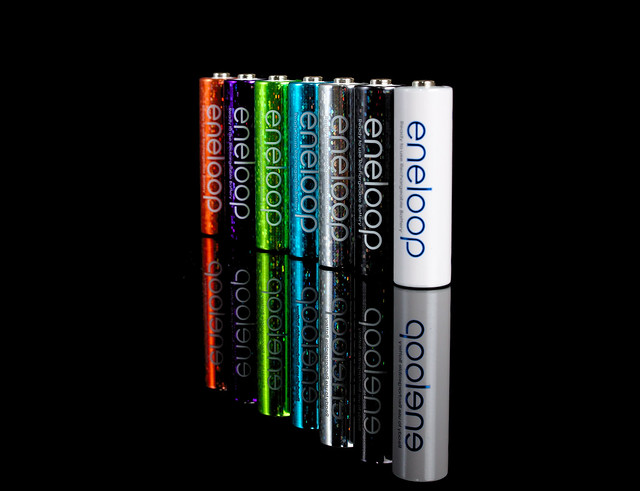Lithium-Ion Battery Production Equipment
Jul 18, 2019 Pageview:1605
The lithium-ion batteries are capable of charging and discharging at high speeds as compared to the other batteries. These batteries have certain features which include like-Better power density, low discharge rate, flat discharge curve, less heating, the higher number of the charge cycle, and increased safety.
These batteries are generally different from other batteries because they maintain or capable of delivering a constant voltage and also has a comparatively higher charges cycle. They have low discharge capacity with low energy density. These batteries are considered as safe for home use because they do not heat up efficiently and relatively cooler than other battery.
Lithium-Ion Battery Production Equipments Cost:
The cost of the production equipment can be reduced if the overall costs will be reduced like by reducing the energy cost, integrate FA and IT systems at low cost, reduce development, production and the maintenance costs, and by reducing the setup with maintenance costs. These are several costs, which overall affects the cost of the lithium-ion battery.
Lithium ion Battery Production Equipment For Different Process:
The equipment for starter battery production includes plate productions, assembly lines, filling and charging equipment, finishing line, laboratory equipment, using the equipment and the molds for COS machine.
Plate Production: The battery plate productions equipment include the Lead Oxide Production equipment, grid casting machine, lead strip machine, EXMET grid production line, paste mixer, pasting machine, flash drying oven, curing chamber, and the plate cutting and brushing machine. These all equipment are equipped for the drying, curing, and cutting plates, and help in the preparation of negative and positive plates for the assembly of the batteries.
Assembly Lines: The battery assembles equipment includes the enveloping and stacking machine, automatic COS machine, hole punching machine, short circuit test machine, Intercell welding machine, heat sealing machine, post burning machine, leakage machine, and the code marking machine. The assembly lines have the capacity to produce the three pieces per minute battery. They help in forming the plate groups. It helps in the detection of any damage or writing code and other information on battery.
Filling And Charging Equipment: It includes those equipment which are used in filling of acid and the substance which help in charging and discharging of the battery. Acid leveling machine, water-cooled formation bath, and other equipment are also included like an acid filling machine, charging rectifier IGBT, charging-discharging rectifier for plate formation and the plate formation tank.
Finishing Line: The equipment includes the top Lid heat sealing machine, washing and drying machine, HRD testing machine, HVT testing machine, post brushing machine, post greasing machine, weight controlling machine, code marking machine and the labeling machine. These equipment are used in various types of testing during the preparation of the battery.
Laboratory Equipment: The equipment include is the spectrometer and the laboratory type battery tester. At a different stage of production, this equipment help in the testing samples of products.
Used Equipment: From the financial point of view, the used equipment is optimizing, which may decrease the cost of the products.
Molds And Spare Parts: Spare parts are essential for the production of any products. They include the COS mold, power post cleaners, and the grid casting molds. These molds and the spare parts help in improving the quality of the product.
Lithium-Ion Battery Production Equipments And Environment Influence:
Lithium, Cobalt and the other metals are essential elements of lithium-ion battery manufacturer, along with the other necessary chemicals and the plastics. These metals, unlike fossil fuels, are not eaten in life production operations and thus have the possibilities to be retrieved for purpose after the battery is no longer pointing at the vehicles. These impacts of gathering, dismantling, and the recycling batteries must be accounted for in this process of diverting electric transport batteries from waste materials flows.
Utilization of batteries provides benefits and possibilities, but the development of techniques is still developing. According to the survey, the material improvement from the pyrometallurgy usage will offset environmental burdens associated with lithium-ion battery industry, namely the 50% reduction in particular energy demand and help in the decrease in CHG emissions, when compared to the pure industry. This kind of usage is versatile in that it assumes multiple battery patterns and is cost-effective if valuable materials are recovered in the usage process.
Lithium-ion battery technology is not ideal, and demand for the raw materials that comprise these batteries would probably produce supply challenges and cost spikes. And this structure of the lithium-ion battery itself comes with the severe environmental and cultural challenges. Most lithium-ion batteries consist of the diverse mixture of metal, carbon, manganese, cobalt, and the metals, all of which have problems in the industry.
Carbon and the metals like nickel take important ecological matters, whereas metal- this critical mechanism in enabling long life batteries, is sourced mainly from the Democratic Republic of the Congo and gets significant social challenges linked with it, including child labor analysis, assume there is a long way to take in improving these supply chain matters, but development is falling.
The advantages of the lithium ion batteries are described below:
1. Superior "Useable" Capacity: These batteries are considered as regular use because of more capacity of the lithium battery bank. These are unlike the lead-acid battery.
2. Extended Cycle Life: The C-Rate and Depth of discharge affect the expected lifespan. Some of the significant recent research shows that an LFP battery delivers more than 90% of its capacity. Due to these features, some of these batteries are used in the electric vehicles industry.
3. Size And Weight Advantages: These batteries are having the great advantage that these are very light in weight due to which it is easy to carry. The sizes of these batteries are not large, so no problem in occupying space.
4. Losses And Voltage Sag Virtually Non-Existant: The curve of these batteries is mostly flat relative to lead acid. This prevents the voltage sag, which commonly occurs in the lead-acid battery. This means that lithium battery monitor or generator auto start dependent upon the voltage levels, but they won't work well when they are monitoring with a lithium bank.
- Prev Article: What Is Li Ion Battery?
- Next Article: Show More About Dual 18650 Batteries
Leave Message
Hottest Categories
-
Hottest Industry News
-
Latest Industry News











